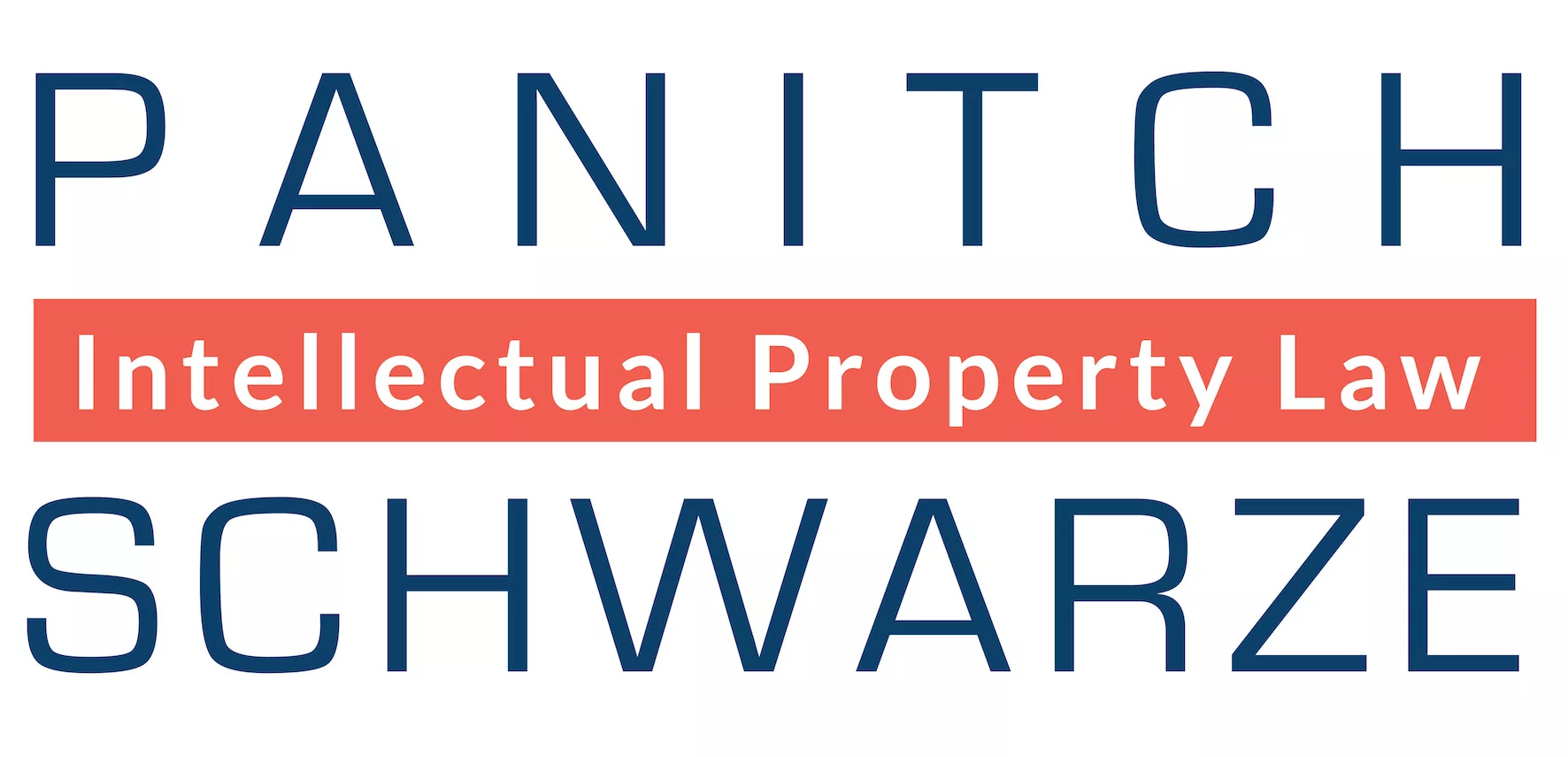Copyright is a dangerous legal minefield for organizations, particularly with so many copyrighted works readily available for employees to unthinkingly cut, paste and use improperly for company marketing purposes. Organizations need to guard against employees' naïve use of copyrighted photographs, songs, software and other works – a use that can create significant liability. Organizations also need to protect and police their own original works.
What is Copyright?
Copyright is a powerful intellectual property protection tool grounded in the U.S. Constitution that protects original works of authorship. An author owns a copyright in any original work that they create and "fix in a tangible medium." In other words, there is no copyright in an idea, but the physical expression of the idea is protected by copyright; those physical expressions include photographs, songs, lyrics, performances, videos, paintings, books, articles, scripts, musical compositions and other physical expression of an idea fixed in a tangible medium.
A copyright exists the moment a work is created or is fixed in a tangible medium. Often, the author/creator owns the copyright. In other cases, the copyright owner is the company that employed the author/creator, or someone else to whom the author/creator sold or assigned the copyright.
The copyright owner possesses the exclusive right to use or reproduce the work, to distribute or publish copies of the work, to perform or display the work, and to prepare derivative works based on the original work. The copyright owner also has the right to license use of the copyright to others. In many cases, licenses and rights permissions are managed by outside companies who constantly search for infringement of their works or any violation of the copyright owner's exclusive rights in the works.
Respect Others' Copyrights – Beware Cut & Paste
Copyright protected works, such as songs, photographs, books, articles, compositions, paintings, etc., are readily available for consumption on the internet. However, just because you can access and copy the works does not mean you can legally copy & paste, perform, display or otherwise use these readily available works. Authors/creators often are on the lookout for unauthorized use of their works and will take action to enjoin such uses, particularly when the unauthorized use can be traced to a well-funded organization, such as your employer. The more popular or established authors/creators hire agents to search for unauthorized use, send cease-and-desist letters and sue for copyright infringement.
It is very easy to cut and paste a photograph, video, or graphic design onto your own website, videos, presentations or social media, such as Instagram, but doing so could infringe on another's exclusive right to use and reproduce the work. Is it also very easy to copy a music track or perform a well-known song and apply it to the background of your YouTube video, but doing so could also infringe on another's exclusive right to perform the work. In addition, while a certain painting might inspire your new tee shirt design, using that painting could also infringe on another's exclusive right to display the work and prepare derivative works, resulting in a potentially required license payment by you or your employer to the copyright owner.
It is not always enough to provide attribution, citation or a hat tip to the creator/author. You should ask for permission to use, reproduce, perform, or display someone else's work. Sometimes you might have to pay a fee, or license. That is the price of doing business, and presumably, the cost of a license is much less than the statutory damages or profits – or a settlement demand – you might have to pay if an author/creator or their agent pursues you for copyright infringement in a U.S. federal district court.
If you can't afford a license, then consider creating your own original work to support your endeavors. Take your own photographs, draw your own designs, employ a graphic designer to create original images, play your own music, create your own videos or otherwise create your own original content. You can also source works that are in the public domain (i.e., not protected by copyright) or are provided to the public license-free. Royalty-free images, illustrations, videos and songs are also readily available online, but using them requires planning, forethought and selection.
Be Original – Protect Your Own Original Works
A copyright can be registered with the U.S. Copyright Office. You do not have to register the copyright to claim rights, but you do have to register the copyright in order to sue for copyright infringement in a U.S. federal district court. Your U.S. rights do not protect you outside the United States, although many foreign countries offer protection to U.S. works under certain conditions.
If you ever find that someone else has copied your work, ownership of a registered copyright from the U.S. Copyright Office is important for enforcement against the copyright infringer. The registration may entitle collection of statutory damages from the infringer of between $750 and $30,000 per work and up to $150,000 per work for willful infringement.
With or without a registration, potential infringers can be discouraged from copying your work. If you post or publish your photographs or graphic designs on a website or social media page, apply a watermark over your images or otherwise mark the works to discourage easy cut and paste of a clean copy of the works. You also can place a copyright notice on your works: © [year of creation] [owner's name]. It might look like this for you: © 2020 Jane Smith.
Copyright Tips
To protect yourself and your organization from copyright miseries:
- Educate yourself and your employees on copyright, particularly regarding the dangers of cut and paste usage of others' photographs, songs, articles and graphics;
- Develop policies to avoid use of others' original works and to protect your own original works of authorship;
- When at all possible, be original and create your own works, purchase original works or carefully plan to use public or license-free works; and
- Secure copyright protection from the U.S. Copyright Office for your own original works of authorship.
The content of this article is intended to provide a general guide to the subject matter. Specialist advice should be sought about your specific circumstances.
We operate a free-to-view policy, asking only that you register in order to read all of our content. Please login or register to view the rest of this article.



